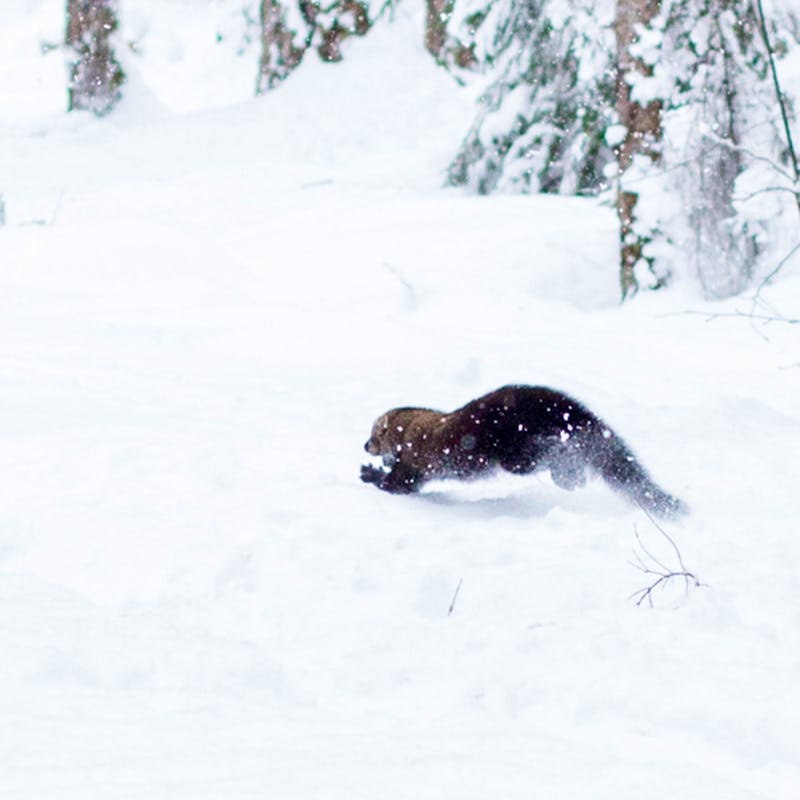Research reveals overwhelming support for Mexican gray wolves in NM and AZ, so what gives, FWS?
Courtney Sexton, Communications Associate, Defenders of Wildlife
While the Fish and Wildlife Service (the Service) has been preparing paperwork to manage critically endangered Mexican gray wolves, the wolves themselves are running out of time for recovery and may be on the way to a second extinction in the wild. The Service has not only been ignoring the best science (even from scientists on its own recovery team) which points the way to the recovery of one of America’s most imperiled animals, but is also ignoring what recently released polling data show – that the public wants Mexican wolves restored to the wild.
Results from a poll conducted in the Southwest last month found that the vast majority of voters, 87% in both Arizona and New Mexico, believe the wolves are “a vital part of America’s wilderness and natural heritage” and strongly support efforts to restore Mexican gray wolves to this region where they once lived. Not only that, but 8 in 10 voters also agree that the Service should be making every effort to prevent extinction – which it is not currently doing. To the contrary, most parts of the Service’s proposed new rules for managing Mexican wolves would actually make recovery more difficult.
Given that such a high percentage of voters recognized the vital cultural and ecological significance of the wolves, it is no surprise that, while the Service is engaged in a game of politics over science, political affiliation made little difference in support for Mexican gray wolf recovery. Support for Mexican gray wolves in the region crossed party lines, genders and ages, and more than 7 in 10 voters in Arizona and nearly as many in New Mexico say that wolves should be restored to suitable habitat in the Southwest.
With the devastatingly low number of wolves in the wild, only about 75 remaining, new releases are critical to establishing three core populations and advancing the genetic health of the animals, which will help them recover. Over two-thirds (66% in AZ and 63% in NM) of voters agree with scientists that there are too few wolves in Arizona and New Mexico, and that we should reintroduce the two additional populations needed for recovery.

Only about 75 Mexican gray wolves remain, and the public wants more. Mexican Gray Wolf, (c) Scott S. Warren / National Geographic Stock
In fact, when asked, 81% of those polled Arizona and 73% of those in New Mexico supported the restoration of wolves in the two specific regions – the Grand Canyon ecoregion, and Northern New Mexico and Southern Colorado – that scientists call the best areas of suitable habitat for these populations (a report published by Defenders this week also points to these same geographic regions). However, the Service’s proposal keeps the wolves boxed in to an area drawn by arbitrary lines on a map (which does not include those most suitable regions), and any wolves that leave that area will be trapped and returned. What good does it do to designate the wolves “endangered where found,” when they can’t be found anywhere but within a limited geographic box?
Finally, the vast majority of participants (82% in AZ and 74% in NM) strongly advocated for a science-based recovery plan for wolves, which will be necessary for their survival. The Service knows the importance of such a plan, and yet it has not completed or implemented a new recovery plan in 31 years. Instead, it has been busy making back-door commitments to special interest groups, commitments that undercut best available science and, ultimately, the wolves’ chances for recovery.
If the numbers I have highlighted here don’t make it clear to the Service that Americans want to save the lobo, I don’t know what does. Join Defenders in continuing to reiterate this message by submitting comments, or by meeting us in Albuquerque on October 4 at the only public hearing to address the fate of the Mexican gray wolf.





